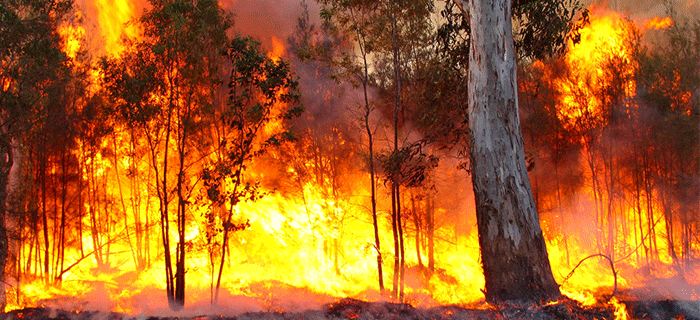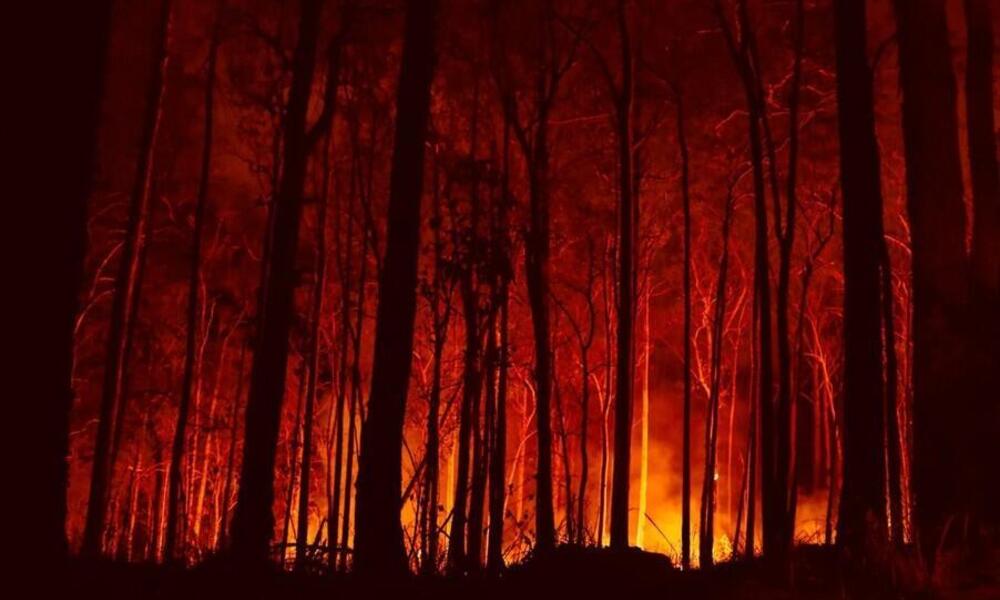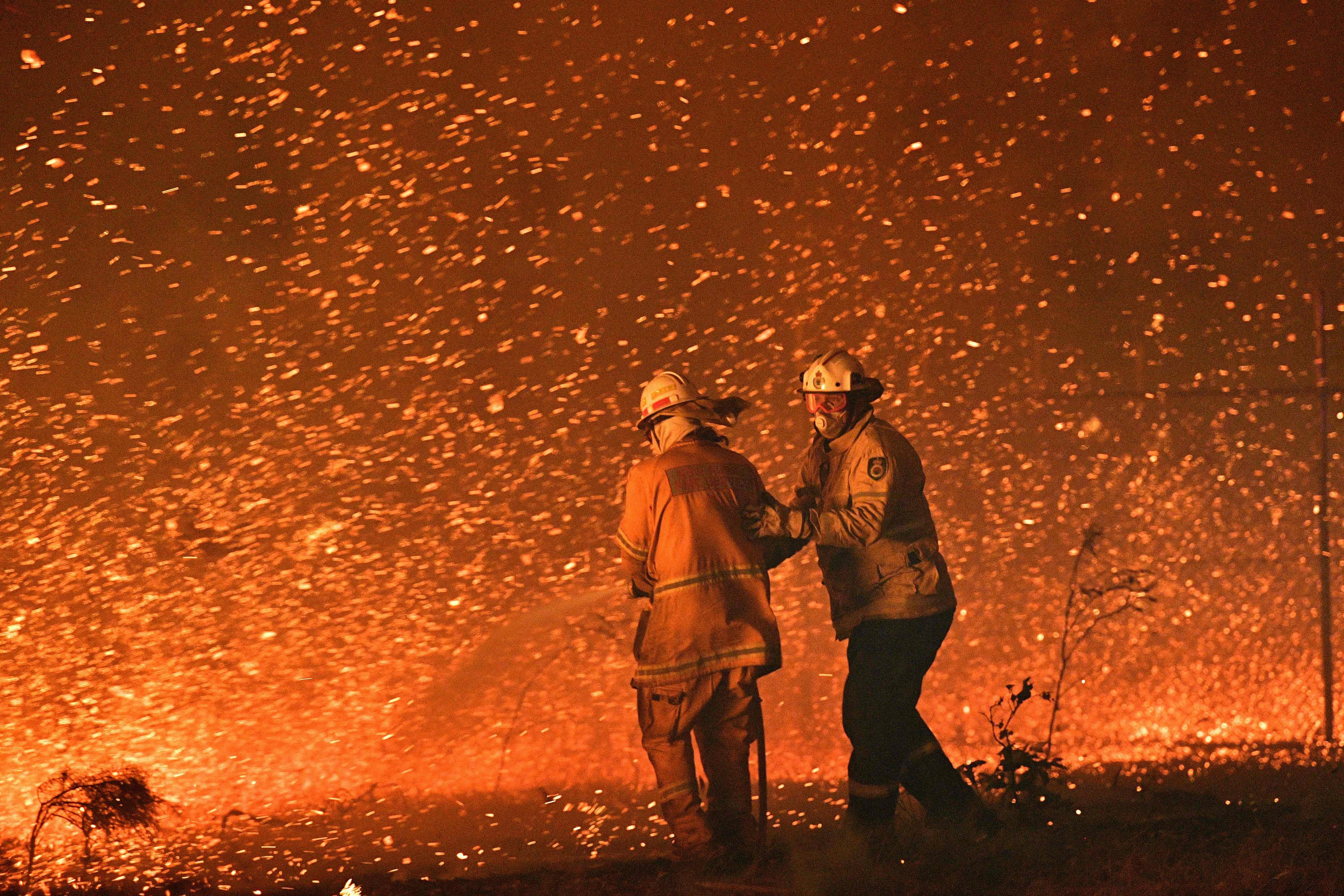Opening the Keys of Bushfire Threat Assessment: The Role of a BAL Report
Opening the Keys of Bushfire Threat Assessment: The Role of a BAL Report
Blog Article
Exactly How BAL Report Impacts Shrub Fire Defense Actions
In the world of bush fire protection, the Building Attack Degree (BAL) record stands as a critical tool that considerably influences the security and durability of properties in fire-prone locations - BAL Report. The impact of a BAL assessment expands far past plain paperwork; it functions as the foundation for figuring out the appropriate building requirements and fire defense actions needed to minimize the risks posed by bushfires. As neighborhoods grapple with progressively severe fire seasons, understanding exactly how the BAL report forms these safety steps ends up being critical for building contractors, house owners, and policymakers alike
Understanding the Bushfire Assault Degree

Importance of BAL Report Evaluation

Furthermore, the BAL record evaluation works as a fundamental action in following legal commitments and demands associated with bushfire defense. Local councils and authorities usually mandate the submission of a BAL record as component of the preparation and structure approval procedure to make sure that residential or commercial properties are adequately secured versus bushfire dangers. Failing to perform a detailed BAL record assessment can result in insufficient defense procedures, leaving residential properties at risk to ravaging bushfire cases.
Construction Requirements Based Upon BAL
A detailed understanding of the Bushfire Attack Level (BAL) enables residential property proprietors to pop over to these guys implement construction criteria tailored to their certain risk account. Construction criteria based on BAL are critical in alleviating the impact of bushfires on residential or commercial properties. The BAL rating categorizes the potential threat a home deals with during a bushfire on a range from BAL-Low to BAL-FZ (Fire Zone)
Executing Fire Protection Actions
With the foundation of building and construction requirements based on Bushfire Strike Level (BAL) in position, the emphasis now moves in the direction of the functional execution of fire protection actions BAL Report to fortify homes versus bushfire risks. Executing fire security procedures includes a mix of passive and energetic methods to boost the durability of structures in bushfire-prone areas. Passive procedures include making use of fire-resistant structure materials, setting up ash guards on vents, securing gaps in roofing systems and wall surfaces, and preserving a clear area around the home devoid of flammable vegetation. Energetic steps encompass having firefighting equipment conveniently available, such as hoses and water pumps, in addition to developing a defendable space around the residential property by clearing vegetation and having a properly maintained yard. Furthermore, developing a discharge plan and ensuring all residents recognize emergency situation treatments are essential parts of effective fire protection steps. By incorporating both passive and energetic methods, residential or commercial properties can significantly decrease their vulnerability to bushfire events and raise the safety and security of passengers.
Safeguarding Homes Versus Bushfires
Effectively securing homes versus the damaging effects of bushfires requires a comprehensive and positive method to fire protection actions. House owners staying in bushfire-prone areas need to focus on the implementation of various approaches to enhance their residential or commercial property's strength against wildfires. One essential facet is producing a defensible area around the home by maintaining a clear area without combustible products. This includes frequently cutting plants, getting rid of dead plants, and guaranteeing a risk-free distance in between structures and trees. Installing fireproof roof materials can also dramatically decrease the risk find more information of ember assaults and straight flame call. Furthermore, sealing spaces and vents to stop coal invasion, as well as including fireproof doors and home windows, can assist fortify the home's protection versus bushfires. Purchasing a reliable water resource, such as a well-maintained automatic sprinkler or a dedicated water tank, is important for supplying water during fire emergencies - BAL Report. By accepting a positive position and incorporating these safety measures, homeowners can significantly increase their possibilities of securing their homes against bushfires.
Final Thought
To conclude, the Bushfire Attack Level (BAL) record plays an important duty in figuring out the needed security procedures against bushfires. By evaluating the BAL, construction standards can be customized to minimize the threats and make certain the security of homes in fire-prone areas. Executing fire protection measures based upon the BAL record is crucial in securing homes from prospective bushfire risks. It is vital for property owners to focus on BAL evaluations and abide by suggested building criteria to enhance bushfire resilience.
In analyzing bushfire danger to residential properties, comprehending the Bushfire Attack Degree (BAL) is an essential element for carrying out efficient protection measures. Generally, a clear understanding of the Bushfire Assault Level is essential for implementing ample defense steps and reducing the influence of bushfires on residential properties.

Report this page